Triduum: the Three Days. These are our most holy of days. They make up our most important single celebration of the year: Easter. But exactly what three days make up the Triduum?
Tag: Liturgy
The Three Days
Third Sunday of Advent
Today is the 3rd Sunday of Advent; we’re told to
Pope Francis’ prayer on the Solemnity of the Immaculate Conception
Below is the full text of Pope Francis’ prayer on the Solemnity of the Immaculate Conception.
Second Sunday of Advent: The Peaceable Kingdom
Between 1820 and 1849, during the last thirty years of his life, the Quaker sign painter turned-preacher Edward Hicks created more than one hundred versions of this subject, an allegory of spiritual and earthly harmony based on Isaiah 11:6-9:
The wolf also shall dwell with the lamb, and the leopard shall lie down with the kid; and the calf and the young lion and the fatling together; and a little child shall lead them.
First Sunday of Advent
Today is the first Sunday of Advent, 2022. We begin a new cycle of readings (Lectionary); we move into Cycle A that employs the Gospel of Matthew.
Homily of the Closing Eucharist of the General Chapter CCVI 2022
We share with our Congregational Family the Homily of the Closing Eucharist of the General Chapter CCVI 2022. Thanks for accompanying us!
Those Who Went to the Tomb
The Easter Vigil Gospel reminds us of “the women who had come from Galilee with Jesus.” We cannot know how many women there were because, further on, Luke names “Mary Magdalene, Joanna, and Mary the mother of James and the others who accompanied them,” but what we do know is that they went together. Were they an improvised group, friends, or perhaps even a community? Whatever the case, they needed company to dare to go out early that Sunday morning.
Highlights of St. Patrick’s life
Historians over the centuries have reached a general agreement that St. Patrick was born around 385 A.D., was taken captive in 401 A.D. and returned to his native country in 407 A.D. He came to Ireland in 432 A.D., converted the pagan nation to Christianity and presided over the Church until his death, for which two dates are given in the early records—March 17, 461 and 492. On various grounds, the later date no longer finds acceptance. One significant fact substantiates the former: the High King Loiguire, who died in 462, is said to have outlived Patrick. A second factor favoring this date appears with the date 467 A.D. when Patrick’s successor Bishop Benignus is listed as presiding in Armagh. Setting the Saint’s death around 461 A.D. places his Apostolic work, the evangelization of a pagan nation, within a thirty-year period. 23Patrick was the son of a Roman official Calpurnius of Gaul (France); some historians refer to the location as Roman Britannia (Modern Britain). His father held the position of Roman Decurion, a kind of district commissioner, a burdensome position but one that came with social dignity and Patrick speaks of “the nobility of his birth” and of his father’s “manservants and womanservants” employed at his residence and farm.
Feast of the Presentation
Today’s feast is an echo of the past Christmas season and the completion of the mystery of Jesus – born, revealed to Israel, manifested to the nations – is now encountered by the Church in the person of Simeon. In his prophecy Simeon both tells of the “light of revelation” and the sword that will pierce Mary’s heart. We know that Christ’s death will not overshadow the brightness of his light. We live the eternal spring – the new life that is Christ. Through his light, we can help dispel the darkness in this world.

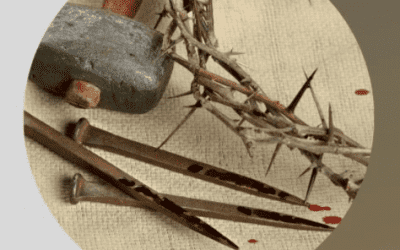



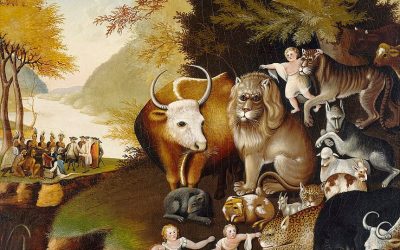

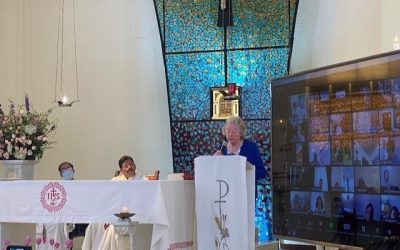


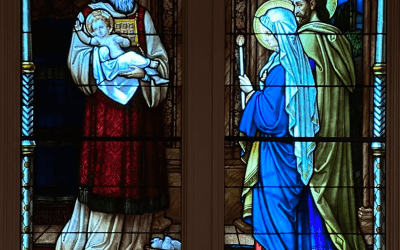
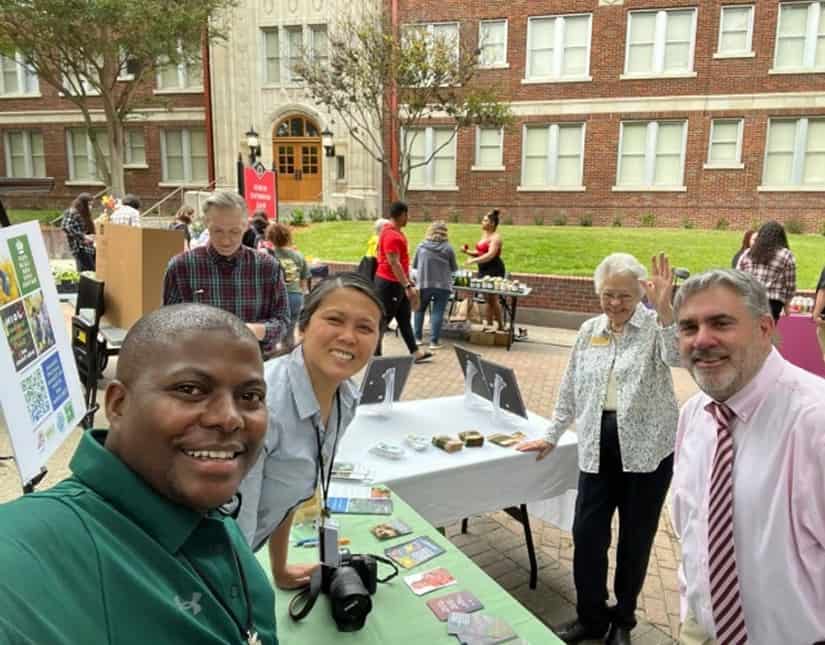
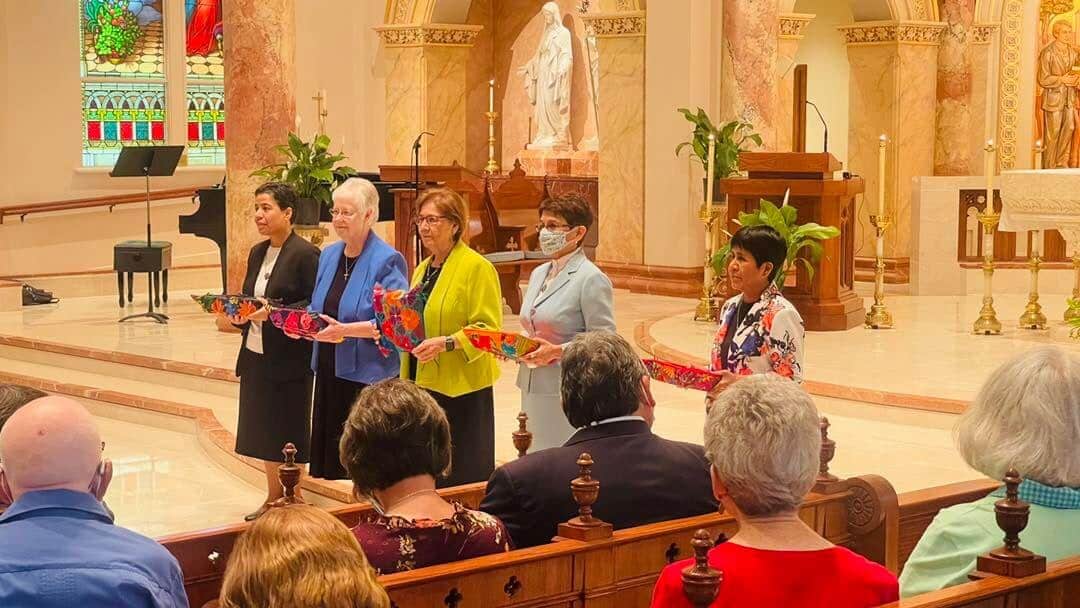


Recent Comments